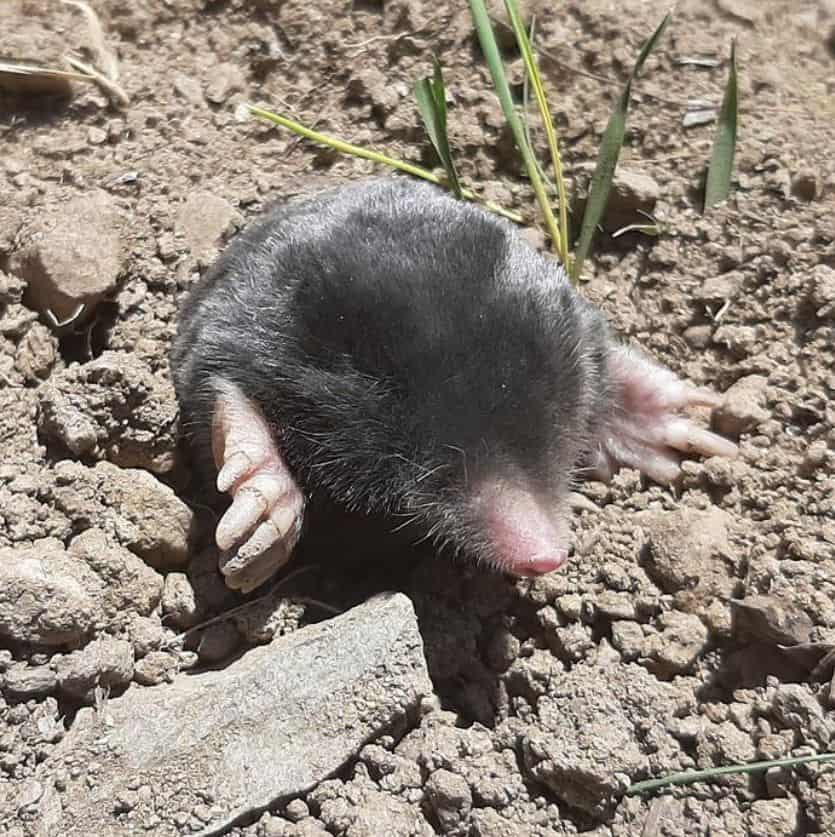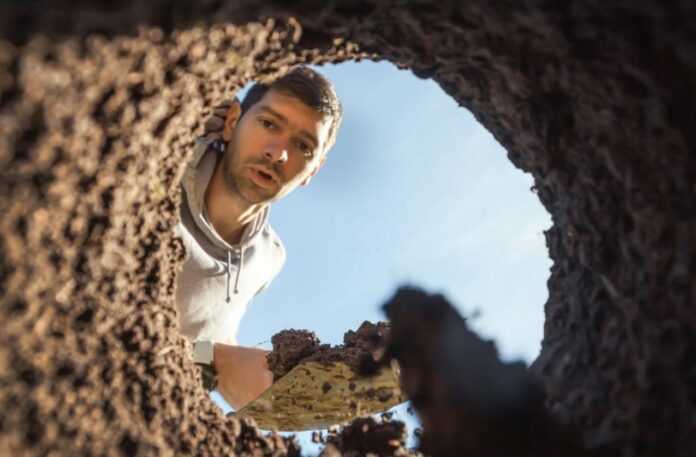Unearthing Hidden Biodiversity: “It is very rare to find” such “a hidden pocket of biodiversity” today.
Unearthing Hidden Gems: New Mole Species Discovered in Eastern Turkey’s Mountains
In the mountain terrains of eastern Turkey, researchers have stumbled upon two new mole species believed to have existed undetected for roughly 3 million years.
These newfound species, referred to as Talpa hakkariensis and Talpa davidiana tatvanensis, are part of the well-known group of underground dwelling mammals that consume invertebrates, widespread in Europe and Western Asia.
In the UK, only Talpa europaea is identified, but traveling further east, a myriad of mole varieties can be found, each confined to specific geographical niches.
Through innovative DNA testing techniques, the research team verified that these newfound species differ genetically from their peers.
These moles have adapted to the eastern Turkish mountains, thriving in summer heats of up to 50°C and enduring two-meter-deep winter snow burials.
The research, published in the Zoological Journal of the Linnean Society, was a collaboration between Ondokuz Mayıs University in Turkey, Indiana University in the US, and the University of Plymouth in the UK.
Having previously pinpointed nearly 80 novel animal species, Professor David Bilton from the University of Plymouth remarked, “It is very rare to find new species of mammals today.”

Approximately 6,500 species of mammals have been cataloged globally, a number that pales in comparison to the roughly 400,000 identified species of beetles, with projections suggesting there might be 1 to 2 million beetle species in total on Earth.
At a cursory glance, the newly discovered moles seem to resemble existing species. Their subterranean lifestyle places significant limitations on their evolutionary development, particularly concerning body size, and shape, leaving them with few alternatives in their physical appearance.
The findings highlight “how, in such circumstances, we can under-estimate the true nature of biodiversity, even in groups like mammals, where most people would assume we know all the species with which we share the planet.”
This revelation boosts the total number of recognized Eurasian moles from 16 to 18, each bearing unique genetic and physical traits.
To pinpoint these species, the researchers meticulously analyzed physical structures, incorporating mathematical techniques and even considering 19th-century specimens preserved in museums. Parallel DNA assessments then cemented their uniqueness.
Consequently, Talpa hakkariensis, native to southeastern Turkey’s Hakkari area, emerged as a unique mole species based on its distinct morphology and DNA. Meanwhile, Talpa davidiana tatvanensis, located near Bitlis in southeastern Turkey, while possessing distinct physical features, was classified as a subspecies of Talpa davidiana, which was recognized in 1884 and is noted as data deficient by the IUCN.
Professor Bilton is optimistic that future research will uncover more diverse species, suggesting that there may still be undiscovered mole species in this area and its surroundings.
As the urgency to conserve global biodiversity grows, it’s crucial to first identify and recognize the species we aim to protect.
“Through this study, we have established something of a hidden pocket of biodiversity and know far more about the species that live within it than previously. That will be critical for conservation experts, and society as a whole, when considering how best to manage this part of the planet,” added the professor.
Image Credit: Getty
